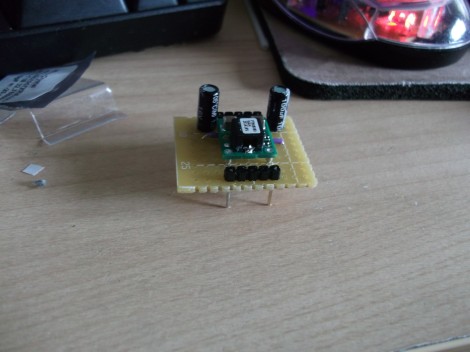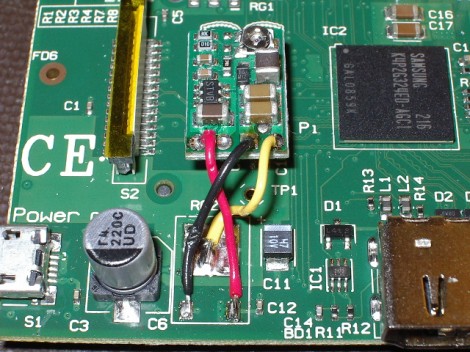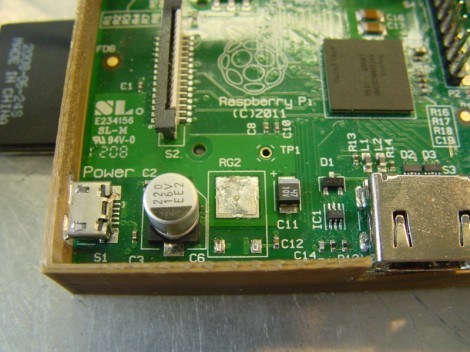
We must be walking past the wrong dumpsters because we certainly haven’t encountered equipment like this just waiting to be salvaged. [Shahriar] found an HP 8648C Synthesized Signal Generator while he was ‘dumpster diving’ and set out to fix the malfunctioning lab equipment. He posted a 1-hour video on the project, which you can find embedded after the break. The actual fix happens in the first half, the rest of the video is spent testing the resurrected device.
The back corner of the case has been dented, which may be the reason this has been thrown out. When it is first powered it emits an unpleasant screeching noise and the user interface doesn’t do anything. [Shahriar] says he recognizes the sound as a malfunctioning switch-mode power supply. Sure enough, when disconnected from the main board it still makes the noise. It turns out there’s a huge electrolytic capacitor the size of a stack of poker chips which has come loose from the PSU board. When it’s resoldered the device fires up as expected.
Now how are we going to find a digital capture oscilloscope that just needs to have its PSU reassembled?















